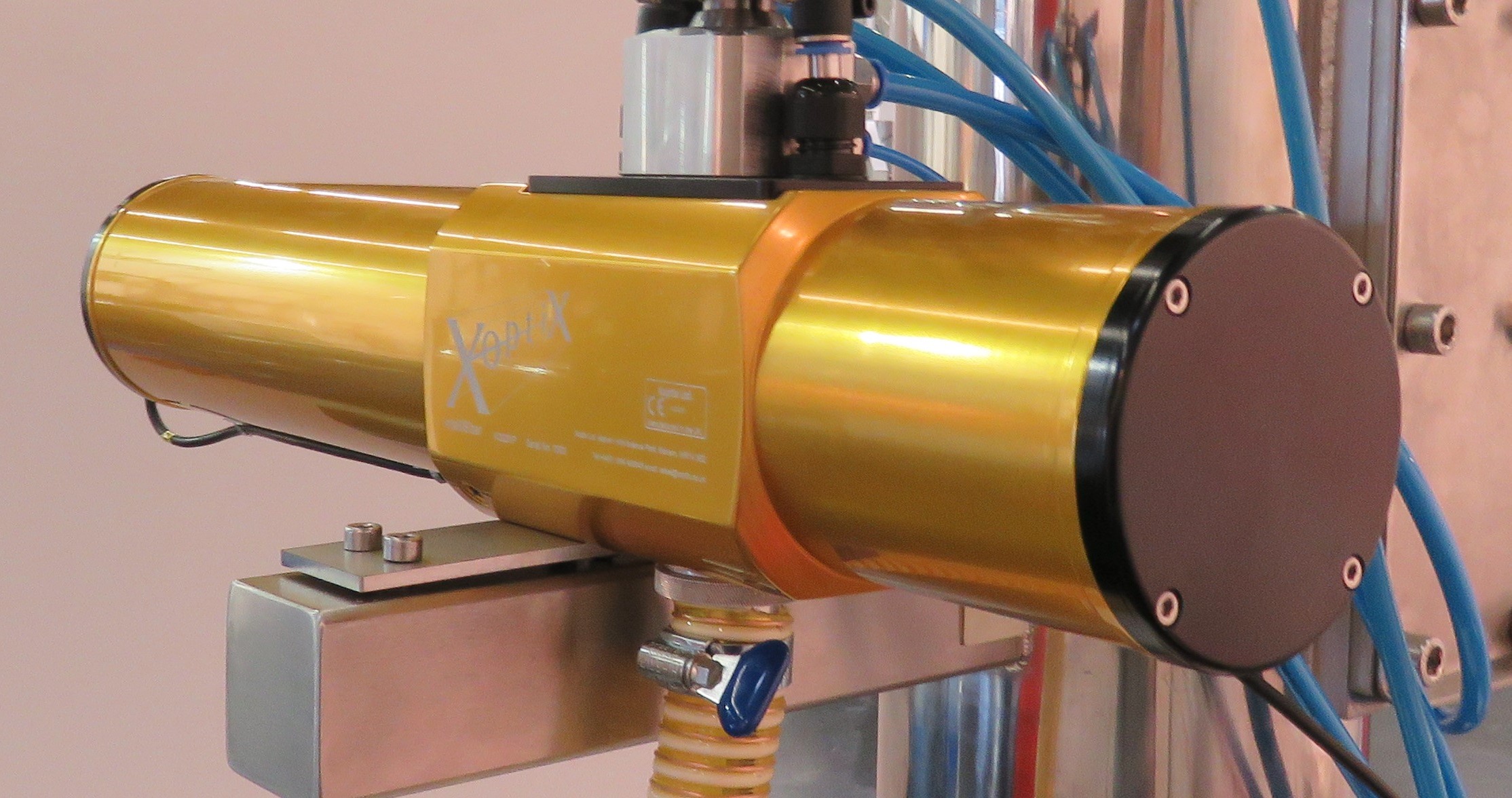

to separate out aggregates, select or reject particles etc.
#Particle sizer manual
Transmission and Scanning Electron Microscopy Advantages Particles are individually examined Visual means to see sub-micron specimens Particle shape can be measured Disadvantages Very expensive Time consuming sample preparation Materials such as emulsions difficult/impossible to prepare Low throughput - Not for routine useĪutomatic and Image Analysis Microscopes Advantages Faster and less operator fatigue than manual No operator bias Disadvantages Can be very expensive No human judgement retained e.g. Permanent record - photograph Small sample sizes required Disadvantages Time consuming - high operator fatigue - few particles examined Very low throughput No information on 3D shape Certain amount of subjectivity associated with sizing - operator bias Manual Optical Microscopy Advantages Relatively inexpensive Each particle individually examined - detect aggregates, 2D shape, colour, melting point etc. Maximum chord: a diameter equal to the maximum length of a line parallel to some fixed direction and limited by the contour of the particle. Perimeter diameter: the diameter of a circle having the same circumference as the perimeter of the particle. Others: Longest dimension: a measured diameter equal to the maximum value of Feret's diameter. Projected area diameter (da or dp) is the diameter of a circle having the same area as the particle viewed normally to the plane surface on which the particle is at rest in a stable position. Feret's diameter (F) is the distance between two tangents on opposite sides of the particle, parallel to some fixed direction. The lines may be drawn in any direction which must be maintained constant for all image measurements. Martin's diameter (M) The length of the line which bisects the particle image. Microscopyįor submicron particles it is necessary to use either TEM (Transmission Electron Microscopy) or SEM (Scanning Electron Microscopy). With small particles, diffraction effects increase causing blurring at the edges - determination of particles < 3µm is less and less certain. Number distribution Most severe limitation of optical microscopy is the depth of focus being about 10µm at x100 and only 0.5µm at x1000. Can distinguish aggregates from single particles When coupled to image analysis computers each field can be examined, and a distribution obtained. Optical microscopy (1-150µm) Electron microscopy (0.001µ-) Being able to examine each particle individually has led to microscopy being considered as an absolute measurement of particle size. estimated particle size and particle size range solubility ease of handling toxicity flowability intended use Cost capital running Specification requirements Time restrictions Choosing a method for particle sizing Microscopy Sieving Sedimentation techniques Optical and electrical sensing zone method Laser light scattering techniques (Surface area measurement techniques) Methods for determining particle size Why measure particle size of pharmaceuticals? Particle size can affect Final formulation: performance, appearance, stability “Processability” of powder (API or excipient) Particle Size Analysis


 0 kommentar(er)
0 kommentar(er)
